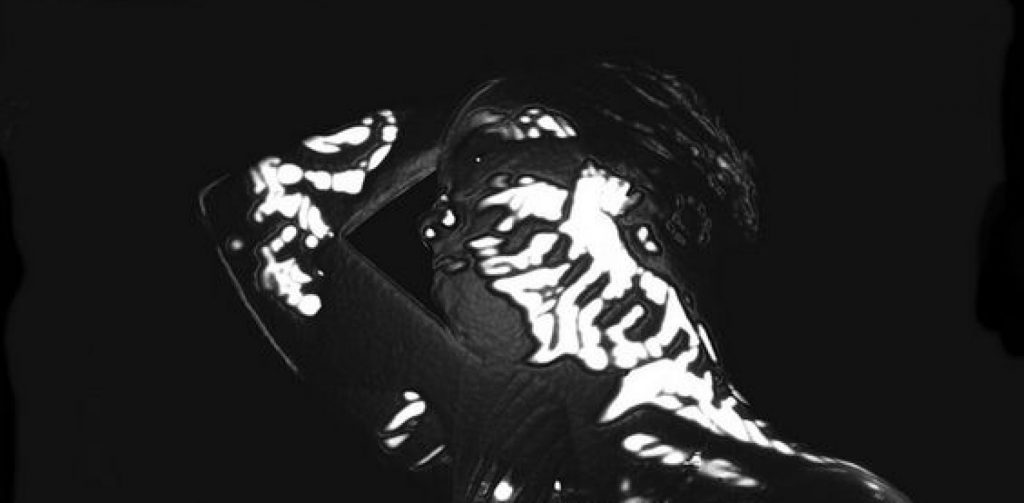I want to keep this project personal and not overthink my ideas. I’ve made an initial mind map that documents my thought process.

The root of this general idea of exploring the subconscious and its relationship with the conscious mind came from my experience listening to Kanye West’s recent album ‘Donda’. I was going through a bit of an identity crisis at the time and whilst this album inspired me to be more free and unrestricted with my practice, I was actually more fascinated when I dug a little bit deeper into the creative process behind the album. The entire rollout in my opinion marked a groundbreaking moment in music promotion, as West ran a total of three listening parties/performances, with the album changing each time. It was like the process of creating the album was completely public, and where every other artist waits until the album is finished to show anyone, West decided to use the shows as a way to highlight his ongoing relationship with his work and it served as a refreshing and exciting way of promoting an album. On one hand, when the album finally reached streaming services most of it had already been heard by fans which took away from the magic of a first listening experience, but on the other hand the transparent nature of the rollout added a sense of depth to the project that included fans into the process and made me personally feel like a part of the album.
Tangent aside, this way of slowly revealing the full scope of the album resulted in fans speculating about what would happen next and analysing everything in detail, myself included. There was an Instagram post from Kanye West that I thought looked really amazing, and I came to realise it was already and album cover for Oneohtrix Point Nevers’ incredible album ‘R Plus 7’. After a bit of research I discovered that the cover was a screenshot from the 1982 animation titled “Le Ravissement De Frank N. Stein” by George Schwizgebel. The ten minute animation focuses on the birth of a conscious mind (Frankenstein’s monster) and his realisation that he is a conscious being. The film starts with very abstract shapes and motions, then for the majority of the rest of it the camera moves through these rooms and doorways, which are at first empty and then begin to slowly fill with static figures, windows, then moving figures and duplicates of Frankenstein’s bride. It feels like you are watching it from the perspective of Frankenstein’s monster walking through these rooms, which I interpreted as the monster walking without believing he exists, or being aware of what he is. By the end of the film he understands that he is real and people had been watching him the entire time, and the final scene changes perspective and shows the monster trying to show love to his bride, instead frightening her.
Kanye West seemingly used this to influence the deeper meaning behind his album, which revolves around the death of his mother, how that has affected him and channelling her spirit through how he lives and breathes his art. He sees himself as the monster who up until this point hasn’t realised how the world perceives him truly, and feels that his ideas and creations scare people. It’s such an interesting parallel to draw in my opinion because it points to the ever-present theme of creative people having crazy ideas and scaring the world, as well as either scaring themselves away from manifesting these magical ideas or moving through life without knowing that the reason people are scared is because they are different.
In relation to my project, I feel like ‘Donda’ and its main influence are reflections of the artist being so different that it frightens others as well as themselves. This identity crisis that I had was largely a result of this feeling of people not understanding me or my art, and therefore I connected with both the album and the animation in a very emotional way. I want to use this as a stimulus to build from. I aim to continue to research into the subconscious, conscious and unconscious and understand the relationship between the three because I believe a lot of the misunderstanding that people have of artists, as well as artists have with themselves is rooted in the deeper parts of the mind. This gives me a point of reference when researching and creating my piece.
The other ideas and influences recorded on the mind map will inform my research and experimentation going forward.
